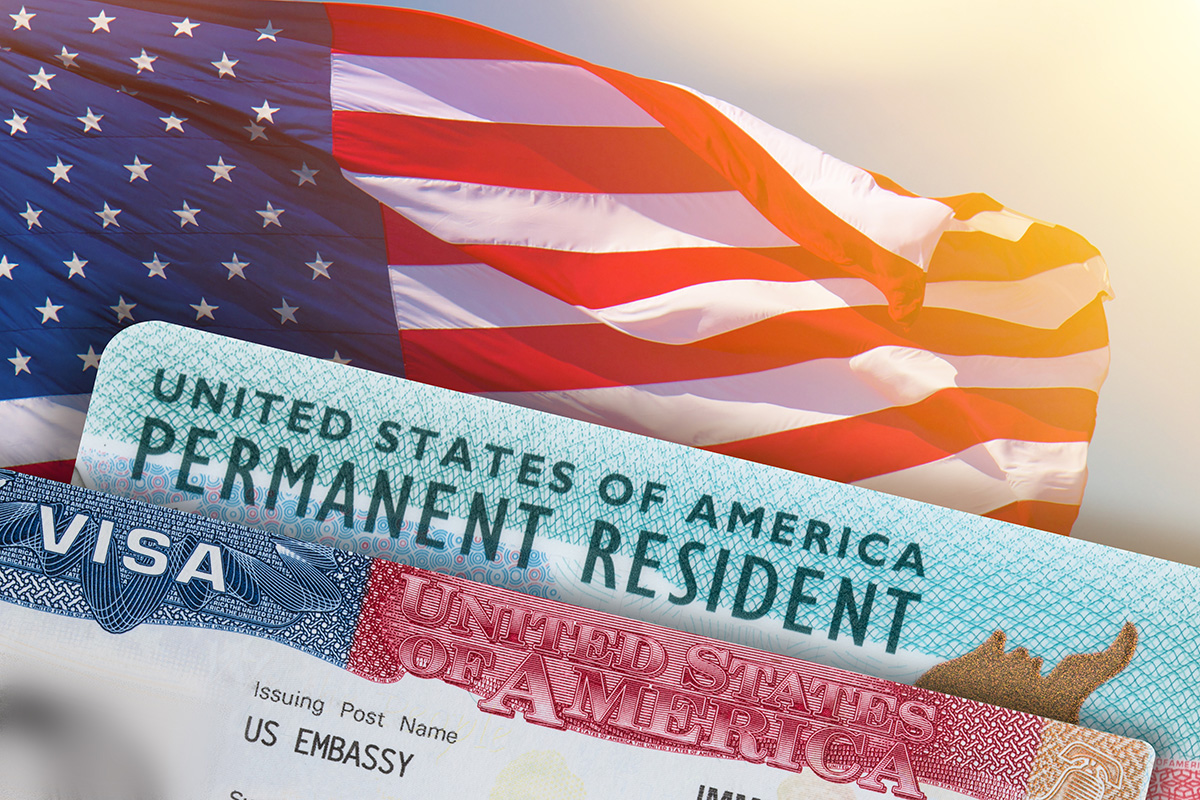All U.S. citizens are considered U.S. tax residents irrespective of where they live (inside or outside the United States). And, of course, at the same time not all the U.S. tax residents are citizens.
If you are not a U.S. citizen, you are considered a non-resident of the United States unless you meet one of two tests:
- green card test, or
- substantial presence test
Let’s talk about each of them in details.

You are tax resident of the United States if you are a green card holder (i.e., lawful permanent resident of the U.S.) at any time during the calendar year. Calendar year is 1-year period between January 1 and December 31.
Important notice:
If you meet the green card test at any time during the year but do not meet substantial presence test for the same year, your residency starting date is the first date on which you are present in the United States.
Substantial Presence Test
To meet this test, you must be present in the United States for at least:
- 31 days during the current year, AND
- 183 days during 3-years period that includes the current year and two immediately preceding years before that.
There is a special formula for counting individual’s physical presence in the U.S. during 3-years period:
- all days you were presented in the U.S. in the current year,
- 1/3 of the days you were presented in the U.S. in the previous year (the first year before current year),
- 1/6 of days you were present in the U.S. in the second year before current year.
Generally, you are treated as present in the U.S. on any day you are physically present in the country, at ANY TIME during the date. However, there are some exceptions to this rule.
You DON’T have to count days of the physical presence in the United States in the following cases:
- Days you commute to work in the U.S. from a residence in Canada or Mexico if you regularly commute from Canada or Mexico.
- Days you are in the U.S. for less than 24 hours, when you are in transit between two places outside the United States.
- Days you are in the U.S. as a crew member of a foreign vessel.
- Days you are unable to leave the U.S. because of a medical condition that develops while you are in the United States.
- Days you are an exempt individual (ex., a student under F, J, M or Q visa, a teacher or trainee under J or Q visa, etc.)
Please, note that each individual’s case is unique. We strongly recommend you consult an experienced tax professional regarding your residence status and filing requirements. Click here to contact us.
You can also be interested in Taxation of Dual Status Aliens

0 Comments